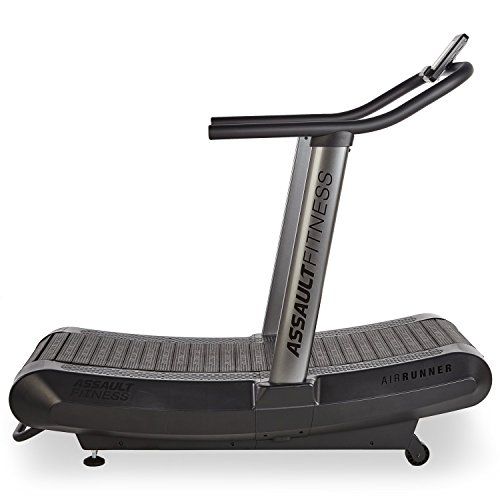In the era of virtual fitness, high intensity interval training, and more boutique studios than you can count, it’s easy to forget about two cardio classics: the elliptical and the treadmill.
Of course, both machines promise to cater to your cardio needs—and most gyms usually dedicate equal space to each one. But they differ in a few important ways…
What are some pros and cons of the elliptical?
The elliptical is a low-impact machine that’s especially beneficial if you have a lower body injury or joint pain, says K. Aleisha Fetters, CSCS. The smooth and circular movement of the elliptical allows for little-to-no impact on the joints since your feet never break contact with the machine’s suspended pedals.
The elliptical burns 322 to 478 calories per hour (based on a 125- to 185-pound woman).
And while your movements on the elliptical are meant to mimic running and walking, the elliptical forces your knees to come up way higher than they would if you opted for the treadmill. This range of motion promotes hip flexion with less extension than is required from running and walking. Though Fetters says this doesn’t automatically make the elliptical any safer than the treadmill, there’s certainly lower risk of strain.
As tame as it sounds, consider sticking to the elliptical even if you’re looking for a more challenging workout. Unlike the treadmill, you have the option of manipulating the elliptical’s resistance. “And you can use that to your advantage,” explains Fetters, especially if you’re looking to up the ante and put a little more power behind your movements.



“A lot of time people just feel like the elliptical is easier,” says Fetters. And because they don’t expect a challenge, they coast through the workout by relying on the machine’s momentum. Of course, this won’t do much in the way of building muscle and bone-strength. The treadmill requires users to keep up with the belt’s speed, but since your feet are anchored to the elliptical, it’ll keep moving with you regardless of whether you decide to actually the put in the work and keep pace.
Part of this work includes resisting the elliptical’s handlebars—a structural downside. They eliminate a lot the benefits of the workout, because you’re not getting the core rotation you’d get if your arms were to naturally sway at your sides, Fetters says. Plus, this distributes some of your weight to the hand rails, which means less of a leg workout. Rely on the handles to brace yourself, otherwise ignore them.
And what about the pros and cons of the treadmill?
“Loading the bones through high impact [exercise] strengthens your bones,” says Fetters. “Stress the bones just like [you would] the muscles, and they’ll get stronger.” Weight-bearing machines such as the treadmill are ideal for this because your bones brace the impact of the ground as you walk and run.
The treadmill burns 566 to 839 calories per hour (based on a 125- to 185-pound woman).
And as you get stronger, you can shake things up by manipulating the incline and training programs to resemble varied outdoor workouts, which obviously comes in handy if you’re a runner.
Treadmills allow you to meet your running and pacing goals with the same versatility that comes with running uphill and suddenly sprinting on flat terrain, regardless of weather, says Kat Ellis, CPT.

While you’re propelling your body on a treadmill (which requires more effort than an elliptical), you’re not totally relying on your own force since the belt is moving under you. So, as many features as there are to make your treadmill workout feel like an outdoor run, you’re not pushing off of stationary ground which Fetters says, isn’t optimal if you’re training for a marathon or a race. However, she points out that non-motorized treadmills, where you push the belt to move instead of having to keep up with an automatic one, gets you one step closer to that outdoor marathon-training experience.
And just like that outdoor experience, running on a treadmill puts a lot of pressure on your joints. While the impact from the treadmill is good for your bones, even the most experienced runner risks knee, ankle, and hip injuries, which are less common in elliptical use, Ellis explains.
So, which is better?
It depends on your skill level and the intensity you’re after.
Fetters says when it comes to these two machines, it’s more of an and situation rather than an or one.
Yes, the treadmill does have an edge over the elliptical when it comes to calories burned, according to Ellis, since it requires more energy, but it doesn’t mean much if injury is preventing you from running altogether.
The major disparity is rooted in how much harder people tend to work on treadmills compared to ellipticals, says Fetters. But as long as you’re keeping your torso steady and really working those legs in time with the machine, an elliptical workout can feel just as intense as one on a treadmill.
Source: Read Full Article
